Role Author Name Peig Sayers | Notable works Peig Nationality Irish | |
 | ||
Spouse Padraig O Guithin (m. 1892) Books Peig, An Old Woman's Reflections | ||
Occupation Storyteller, housewife | ||
Peig sayers naomh breand n agus a leabhar aifrinn
Peig Sayers (; 1873–1958) was an Irish author and seanchaí born in Dunquin (Dún Chaoin), County Kerry, Ireland. Seán Ó Súilleabháin, the former archivist for the Irish Folklore Commission, described her as "one of the greatest woman storytellers of recent times".
Contents
- Peig sayers naomh breand n agus a leabhar aifrinn
- Peig sayers an cluiche a video game about an irish legend
- Biography
- Books
- Peig
- Popular culture
- References
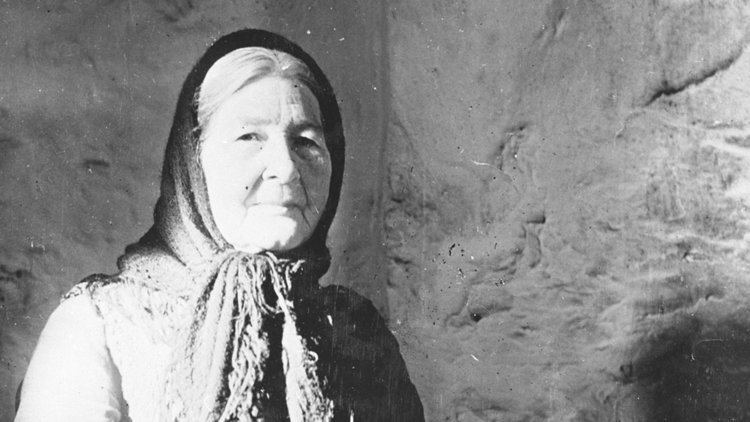
Peig sayers an cluiche a video game about an irish legend
Biography
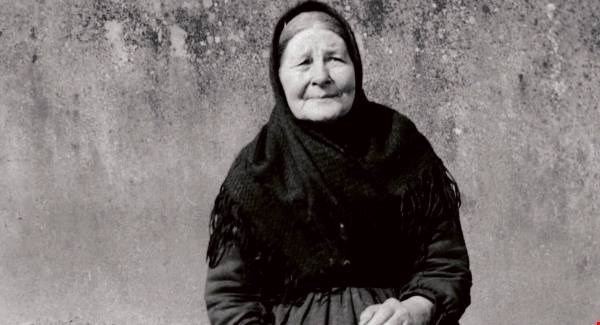
She was born Máiréad (Margaret) Sayers in the townland of Vicarstown, Dunquin, County Kerry, the youngest child of the family. She was called Peig after her mother, Margaret "Peig" Brosnan, from Castleisland. Her father Tomás Sayers was a renowned storyteller who passed on many of his tales to Peig. At age 12, she was taken out of school and went to work as a servant for the Curran family in the nearby town of Dingle, where she said she was well treated. She spent two years there before returning home due to illness.
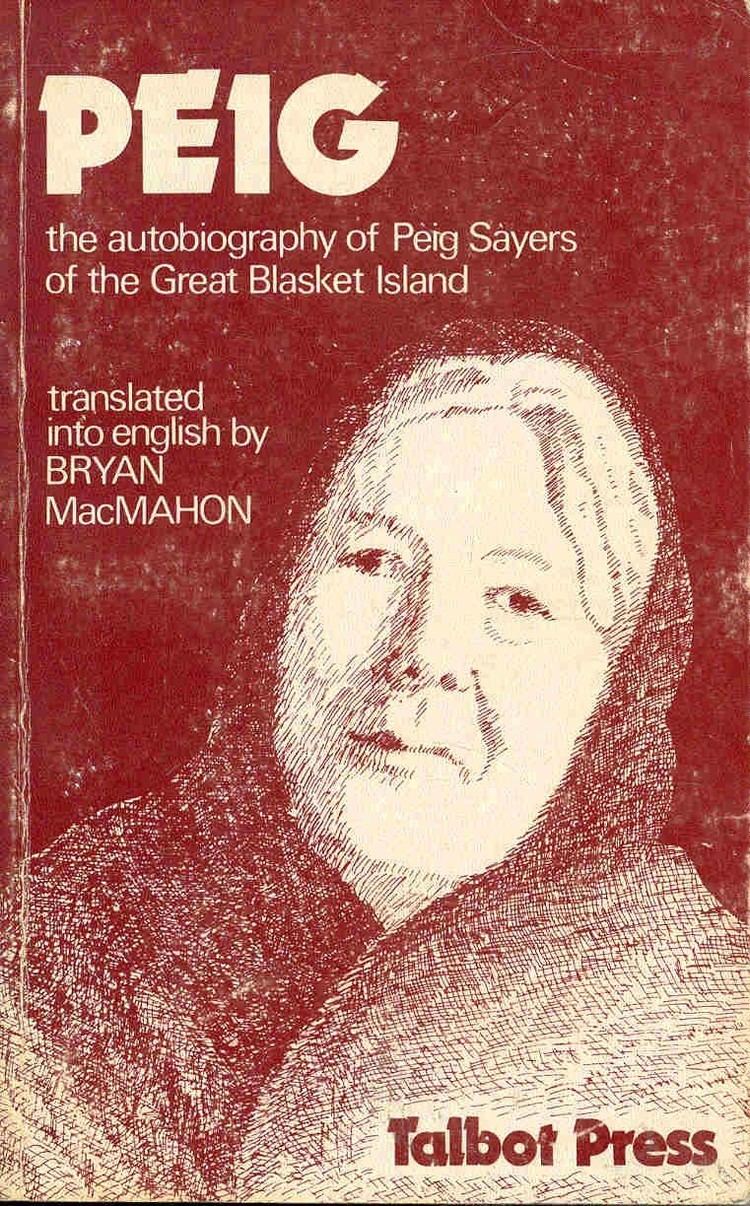
She spent the next few years as a domestic servant working for members of the growing middle class produced by the Land War. She had expected to join her best friend, Cáit Boland, in America, but Cáit wrote that she had had an accident and could not forward the cost of the fare. Peig moved to the Great Blasket Island after marrying Pádraig Ó Guithín (Patrick Guiheen), a fisherman and native of the island, on 13 February 1892.
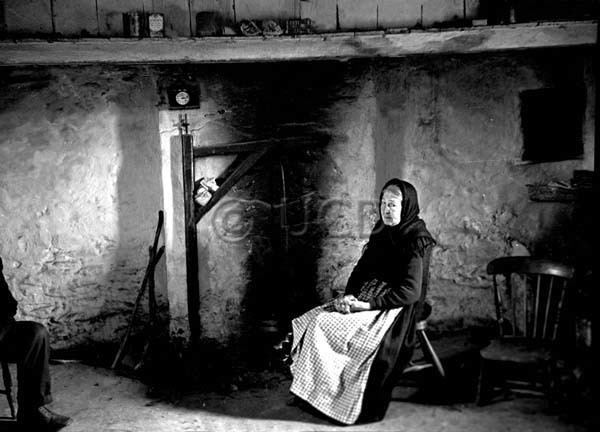
She and Pádraig had eleven children, of whom six survived.
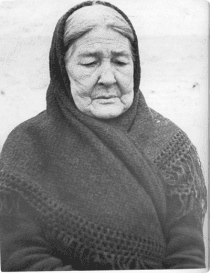
The Norwegian scholar Carl Marstrander, who visited the island in 1907, urged Robin Flower, of the British Museum, to visit the Blaskets. Flower was keenly appreciative of Peig Sayers' stories and tales. He recorded them and brought them to the attention of the academic world.

In the 1930s a Dublin teacher, Máire Ní Chinnéide, who was a regular visitor to the Blaskets, urged Peig to tell her life story to her son Micheál. Peig was illiterate in the Irish language, although she received her early schooling through the medium of English. She dictated her biography to Micheál. He then sent the manuscript pages to Máire Ní Chinnéide in Dublin, who edited them for publication. It was published in 1936.
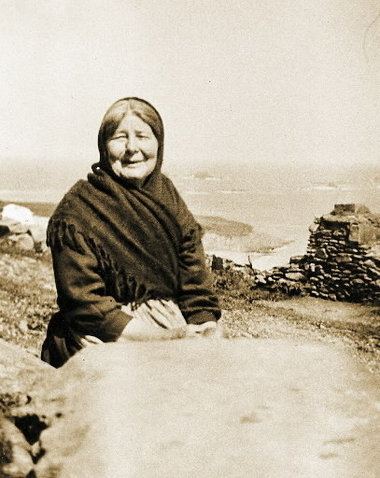
Over several years from 1938 she dictated 350 ancient legends, ghost stories, folk stories, and religious stories to Seosamh Ó Dálaigh of the Irish Folklore Commission.
She continued to live on the island until 1942, when she left the Island and returned to her native place, Dunquin. She was moved to a hospital in Dingle, County Kerry where she died in 1958. She is buried in the Dún Chaoin Burial Ground, Corca Dhuibhne, Ireland. Her surviving children, except for her son Micheál, emigrated to the USA and live with their descendants in Springfield, Massachusetts.
Books
Sayers is most famous for her autobiography, Peig, ISBN 0-8156-0258-8, but also recounted folklore and other stories which were recorded in Machnamh Seanmhná/An Old Woman's Reflections, ISBN 978-0-19-281239-1. The books were not written by Peig but were reminiscences which she dictated to others.
Peig
Peig is among the most famous expressions of a late Gaelic Revival genre of personal histories by and about inhabitants of the Blasket Islands and other remote Irish locations. Tomás Ó Criomhthain's memoir an tOileánach ("the Islandman", 1929) and Robert J. Flaherty's documentary Man of Aran address similar subjects. The movement swiftly found itself the object of some derision and mockery – especially among the more cosmopolitan city dwellers of Ireland – for its often relentless depictions of rural hardship. Parody of the type reached its zenith with Flann O'Brien's satire of an tOileánach as an Béal Bocht ("the Poor Mouth").
Peig depicts the declining years of a traditional, Irish-speaking way of life characterised by poverty, devout Catholicism, and folk memory of gang violence, the Great Famine, and the Penal Laws. The often bleak tone of the book is established from its opening words:
The book was for a long time required reading in secondary schools in Ireland. As a book with arguably sombre themes (its latter half cataloguing a string of family misfortunes), its presence on the Irish syllabus was criticised for some years.
It led, for example, to this comment from Senator John Minihan in the Irish Senate in 2006 when discussing improvements to the curriculum:
Popular culture
In Paddy Whackery, a television show on the Irish language television channel TG4, Fionnula Flanagan plays the ghost of Peig Sayers, sent to Dublin to restore faith in the Irish language. A stage play named Peig: The Musical! (co-written by Julian Gough, Gary MacSweeney and the Flying Pig Comedy Troupe) was also loosely based on Peig's autobiography.
